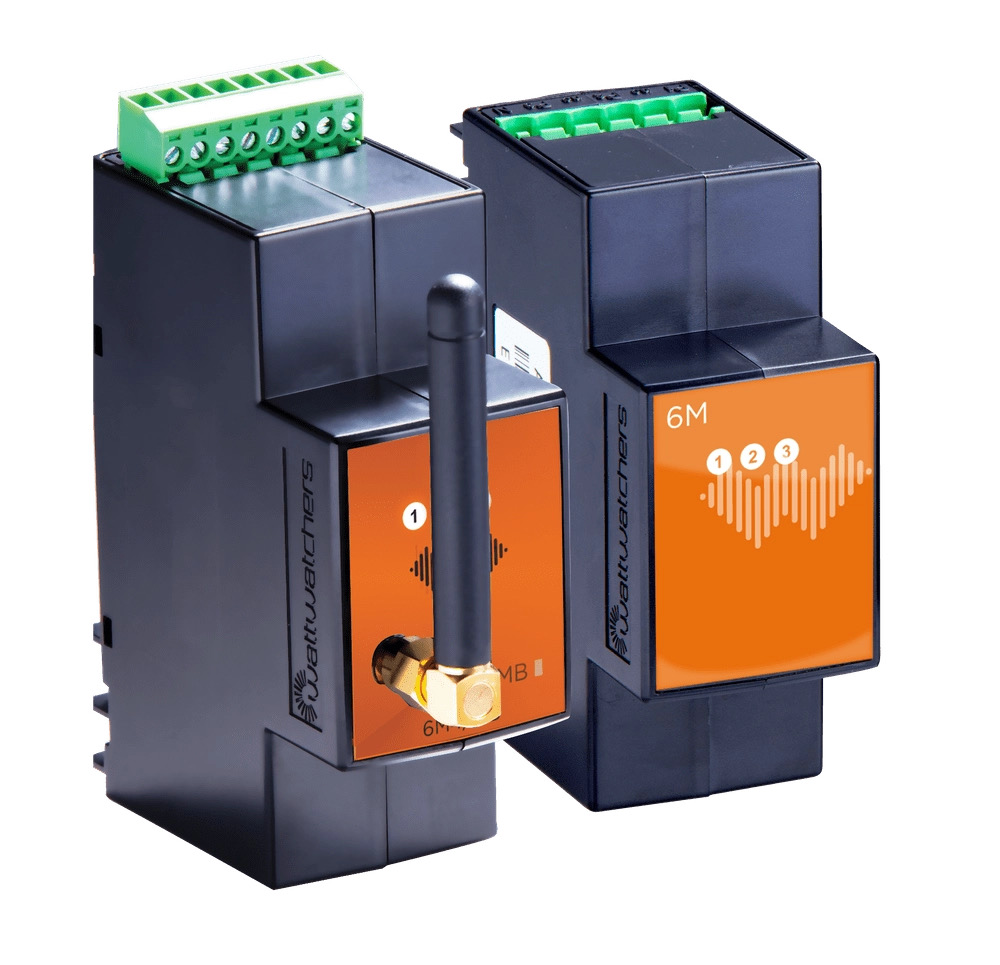SµRF Project Update
Small groups within communities create mud maps of how they want their electricity delivered to them in the future

The SµRF project continues to consult people within communities on how a microgrid might operate in their communities.
Congo, South Durras, Mystery Bay and Broulee have spent several hours reviewing their current supply arrangements, getting up to speed on islandable Microgrids and ultimately coming up with a mud map of how a Microgrid might be configured in their communities. The communities consider high level design preferences as well as their local objectives, knowledge of the landscape and available resources. Some of the configurations include optimising rooftop solar and adding batteries while others are focusing on solar farms where suitable land is available.
Other groups scoped their mud maps around emergencies and extended outages. These designs gave careful consideration to the minimum jobs that a microgrid would need to do during such outages e.g. water pumping, telecoms, lighting and perhaps some minimum refrigeration.
Other challenges like, ‘Do you include the local caravan park in these types of supply arrangements?’ were discussed (pros and cons), and design guidelines were offered about these types of issues. The mud maps will inform technical specs to be put together by the SµRF design team (ANU & Essential Energy) for at least 2 options for each community. Tilba and Bodalla groups will happen later this month. These discussion groups will reconvene in March 2023 to review their initial design options. The project outcomes including business cases and implementation plans (feasibility) for each design will become available in early 2024.
The group processes were facilitated by Phil Shorten, a highly experienced group facilitator from SHASA. Call Phil if you would like more information about these forums on 0438217916.
Free $1000 electricity monitoring device for Nelligen & Tuross residents – tells you where and how to save money….
Meanwhile the other 2 communities involved in the SµRF Microgrid feasibility project, Nelligen and Tuross Heads, are involved in research on the behaviours and attitudes that may drive the design, operation and ultimately the feasibility of any Microgrid operating in these communities. SHASA’s project partner and SµRF project lead, ANU, is conducting interviews and small group discussions commencing this October. A significant component of the research is analysing data being collected via a WattWatchers (WW) electricity monitoring device being made available to the first 80 responders (assuming they meet certain criteria). Email Pierrick at ANU pierrick.chalaye@anu.edu.au if you would like to get involved and/or receive an electricity monitoring device.
You will get to see real-time updates on what electricity you’re using, where it’s coming from i.e. the grid and if you have solar, work out what appliances/devices are using the most electricity.
You can also pinpoint where you can get the most benefit by reducing your electricity usage.
Make sure you’re on the best electricity plan (only available through the phone app). Upload your electricity bill and WW will analyse and compare with available plans. If you find a better deal, you can switch plans within the app.
Go to Microgrids for more detail about the device and supporting research activities.
